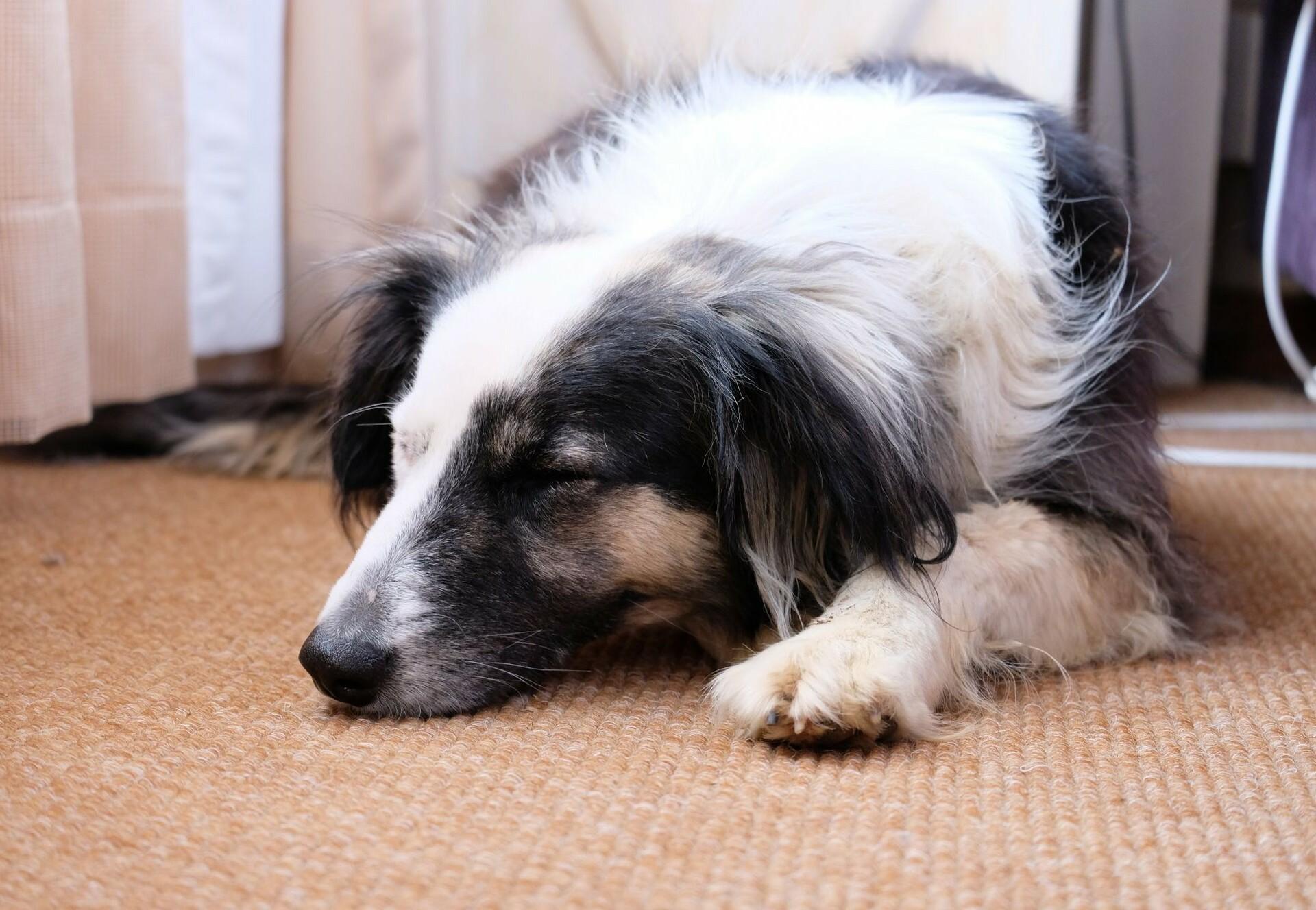
Shedding: Dogs & Cats
Advice for pet owners: expect a 'hairy' spring and autumn
Shedding is mostly triggered by the duration of daylight and the surrounding temperature. But some cats and dogs shed the whole year round.
How long to dogs and cats shed for?
Shedding comprises of the moulting of hair and new growth. The whole cycle can take up to six or seven weeks. Dogs and cats tend to shed more intensively in spring than in the autumn because their winter fur is much more dense. In addition, shedding usually takes place quicker in young animals than in older pets.
Grooming is vital
In order to ease this phase for your pet, it is good to brush and comb the coat thoroughly and daily – the undercoat especially should be removed with special combs. Brushing out knotted and matted hair removes dead and lose hairs. Brushing also massages the skin and improves blood circulation. And it stimulates the sebaceous glands to produce protective oil.
Some dogs do not shed at all: Poodles and Yorkshire Terriers are among those races that hardly shed hair. Their hair grows continuously and should be regularly trimmed or shorn.
Food to support your pet's coat
Shedding can be supported by feeding your pet with essential nutrients. Besides zinc and vitamins A and B, unsaturated fatty acids are essential for healthy fur metabolism. Unsaturated fatty acids are found, for example, in borage, fish and evening primrose oil. All these nutrients can be purchased as food supplements in the form of special tablets or oil blends. It is especially important to provide a balanced diet rich in these ingredients during this 'hairy' period.

